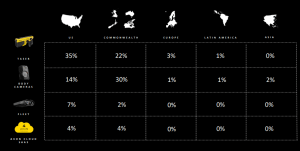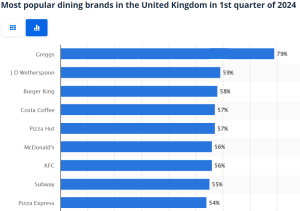The goal of having a passive income stream is achievable, in my view. Let me break down how I’d achieve it with a carefully devised plan.
Steps I’d follow
To start with, I’d pick my investment vehicle. For me, a Stocks and Shares ISA is a no-brainer here. I have a £20K annual allowance, and don’t need to pay a penny in tax on dividends received.
Please note that tax treatment depends on the individual circumstances of each client and may be subject to change in future. The content in this article is provided for information purposes only. It is not intended to be, neither does it constitute, any form of tax advice. Readers are responsible for carrying out their own due diligence and for obtaining professional advice before making any investment decisions.
Next, I’d buy approximately 10 blue-chip dividend stocks with good fundamentals. Let me be clear, this is the toughest part to ensure I’m investing in the right stocks to maximise my returns.
Let’s say, for the purposes of illustrating this plan, that I have a £15K lump sum. I’ll put that into my ISA before buying my stocks with it. To maximise my second income stream, I’m going to also add £250 per month from my wages.
I’m aiming for a return of 8%, and I’m going to follow this plan for 25 years in order to enjoy my money later in life.
After this period, I’d be left with £347,859. I’ll be able to draw down 6% annually, which equals to £20,871. Calculating that into a weekly amount, I could bag £401 per week to enjoy however I want.
There are risks associated with this plan. Firstly, dividends are never guaranteed. Plus, I might earn less than the 8% return I’m hoping for, leaving me with a smaller pot to draw down from. This is all on top of the stock-specific risks I need to consider too! Of course, I could earn more than 8%.
Healthcare properties
An example of the type of stock I’d love to buy if I was executing this plan today would be Primary Health Properties (LSE: PHP).
The business is set up as a real estate investment trust (REIT). The draw of these property firms that make money from their assets is that they are a dividend-seeker’s dream as they must return 90% of profits to shareholders. In exchange, they don’t pay corporation tax, among other perks.
As the name suggests, Primary invests in and rents out healthcare provisions to the NHS and private healthcare firms.
The good news is that demand for healthcare is only rising due to an ageing and growing population. Growth and increased returns could be on the cards, helping me to achieve my investment aims in turn.
At present, the shares offer a dividend yield of 6.7%. However, based on how the healthcare market in the UK is looking, and how economic turbulence is dissipating, this could grow further.
However, there are a couple of risks that could impact earnings and returns. Firstly, REITs like Primary rely on debt to fund acquisitons and growth. As interest rates are currently high, this debt could be costlier to service, and curtail hopes of growing earnings and returns. This is one economic risk I’ll keep an eye on that could dent the business.
Overall, Primary is primed to benefit from a burgeoning market, and offers a good rate of return to help me and my investment aims.
This post was originally published on Motley Fool







